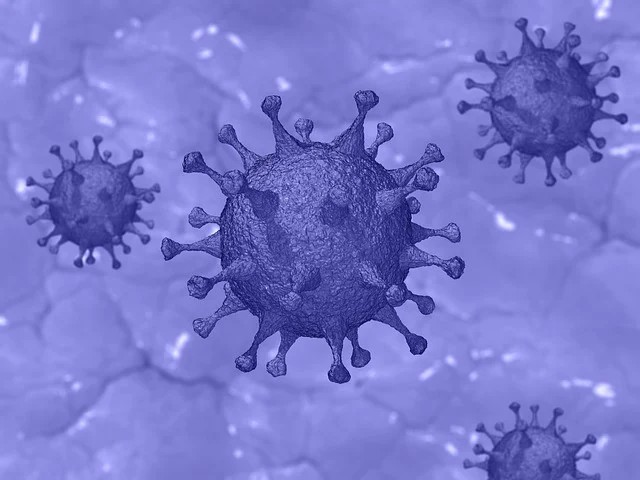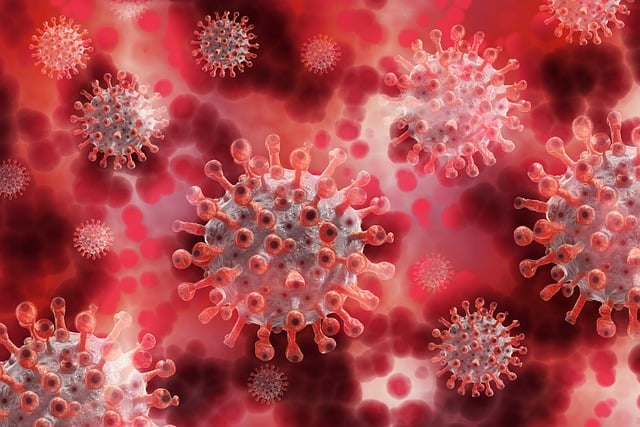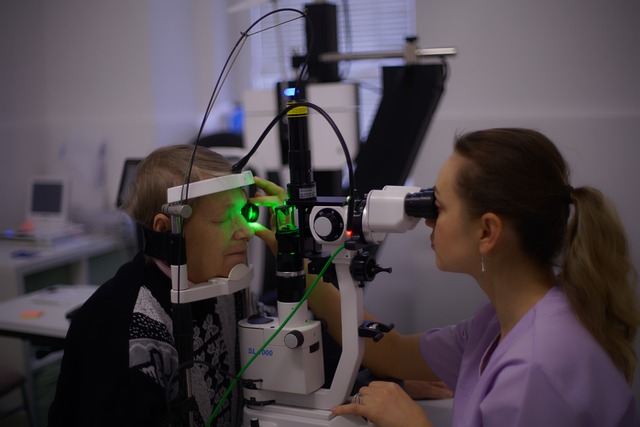
COVID-19 and Mild Symptoms: Recognizing Diagnostic Challenges
Primary care professionals should maintain a high index of suspicion for COVID-19, even in the presence of mild symptoms, to facilitate prompt diagnosis, appropriate testing, and timely interventions, ensuring effective disease management and transmission control.
January 2021

Coronavirus Disease 2019 in Children: Preparedness Strategies for Pediatric Care
Pediatric care physicians play a crucial role in preparing offices, facilities, and communities for the anticipated surge of COVID-19 cases in children, necessitating proactive measures to ensure adequate healthcare resources and support for pediatric patients during the pandemic.
December 2020

Drug Interactions on QTc in Exploratory COVID-19 Treatment: Implications for Arrhythmia Risk
Severely ill COVID-19 patients with comorbidities are at increased risk of serious arrhythmias due to potential drug interactions affecting QTc interval, highlighting the importance of careful monitoring and pharmacological management to minimize cardiac complications in this population.
December 2020

COVID-19 and Endocrine Diseases: Supportive Statement from the ESE
The European Society of Endocrinology (ESE) issues a statement to provide support and guidance to its members and the broader endocrinology community amidst the COVID-19 pandemic, aiming to address challenges and uncertainties surrounding endocrine diseases in this critical context.
December 2020

Loss of Taste and Smell in COVID-19: Association with Flu-Like Symptoms
Chemosensory dysfunction, particularly loss of taste and smell, is strongly associated with COVID-19 infection in ambulatory individuals presenting with flu-like symptoms, suggesting potential utility as a diagnostic marker for identifying infected individuals in community settings.
December 2020
Maintaining Sexual and Reproductive Health Amidst the Pandemic: A Vital Imperative
Disruption of sexual and reproductive health services during the COVID-19 pandemic poses significant risks, as past epidemics have demonstrated the dire consequences of neglecting essential healthcare services unrelated to epidemic response, underscoring the importance of sustaining comprehensive healthcare provision.
December 2020

Circulation of SARS-CoV-2 in Indoor Environments: Insights from Environmental Monitoring
SARS-CoV-2 RNA levels in indoor air environments are generally undetectable, except in crowded areas, highlighting the importance of infection control measures and ventilation strategies in mitigating viral transmission risks in public settings.
December 2020

Anticoagulants and COVID-19 Survival: Insights from Clinical Studies
Hospitalized COVID-19 patients treated with blood thinners demonstrate improved outcomes, both within and outside the intensive care unit, suggesting a potential survival benefit of anticoagulant therapy in COVID-19 management, warranting further investigation and clinical trials.
December 2020

Temporal Dynamics in Viral Shedding and Transmissibility of COVID-19: Insights from Contact Tracing
Contact tracing data reveal that a significant proportion (44%) of secondary COVID-19 cases are infected during the pre-symptomatic stage of index cases, particularly in settings with family clustering, underscoring the importance of early detection and isolation measures to mitigate transmission risks.
December 2020

Eye Findings of COVID-19 Patients in Hubei Province, China: Insights for Ocular Manifestations
Examination of ocular manifestations in COVID-19 patients from Hubei Province, China, provides valuable data that may aid ophthalmologists and healthcare professionals in understanding the potential involvement of the eyes in the course of the disease.
December 2020















